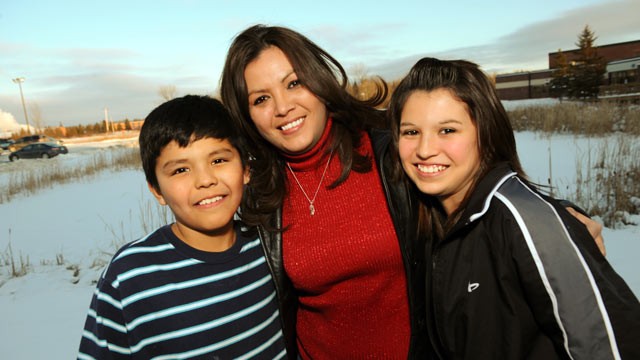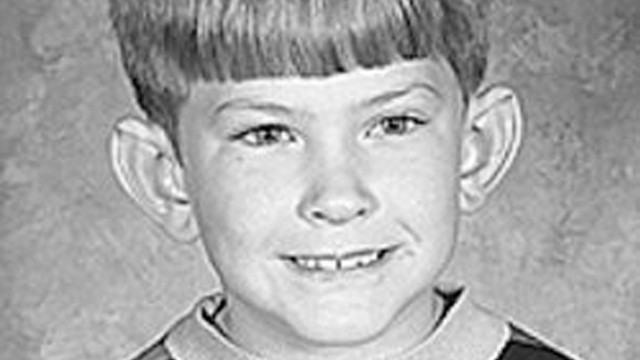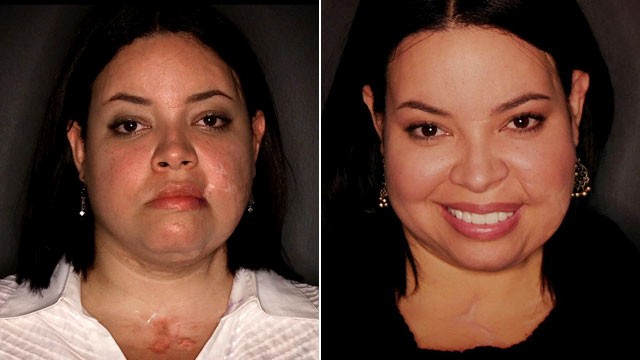When Robin Poor Bear was in her 20s, she asked for a Native American name. The Road Man, or spiritual leader, came up with Kind Hearted Woman.
There was good reason: After a lifetime of physical and sexual abuse, her heart was still bursting with empathy for others.
The daughter of an alcoholic mother, Poor Bear was molested by her foster father at age 3. But today, at 35, she gives a voice to others who have suffered sexual abuse.
"I remember it -- not the rape itself, but the emergency room and the nurses trying to hold me down to examine me," Poor Bear, now living in Minnesota, told ABC News. "I remember the door and being so terrified it would fly open and someone would get me."
Poor Bear suffered repeated sexual abuse at the hands of her foster father and two uncles until she was 13. Then, as a young wife, she was beaten by her husband.
That pain is revisited after the couple divorces and her ex-husband is convicted of molesting their 12-year-old daughter, as well as a teenage foster daughter.
The psychological anguish caused Poor Bear, an Oglala Sioux and member of North Dakota's Spirit Lake tribe in North Dakota, to turn to alcohol. And when Poor Bear eventually spoke up about the abuse, her daughter and son, now 17 and 14, were taken away from her.
On Monday, April 1, and Tuesday, April 2 at 9 ET, PBS's "Frontline" will air a powerful documentary, "Kind Hearted Woman," about Poor Bear's struggle to stay sober, further her education and heal herself from the deep wounds of sexual abuse.
David Sutherland, whose films "The Farmer's Wife" (1998) and "Country Boys" (2005) also offer a cinema verite look at poor, rural life, spent three years with Poor Bear and her children.
The centerpiece of the film is Poor Bear's battle to gain custody of her children while improving her own life.
Sutherland, 67, followed the family from Poor Bear's first day out of alcohol rehab, through school and jobs, juggling being a mother and trying to become a social worker. Frustrated at every turn, Poor Bear fights a corrupt tribal legal system and a culture of domestic violence that pervades many Native American communities.
Native American women have the second-highest rate of rape of all races and ethnicities, at 27 percent, second only to mixed-race women, according to the Centers for Disease Control's 2011 National Intimate Partner and Sexual Violence Survey. Nearly half of all of these women have experienced rape, physical violence and/or stalking in their lifetime.
"There are two or three thousand enrolled members living on the reservation and just a small handful of law enforcement to get calls," Poor Bear said about the time she spent a Spirit Lake Reservation. "Some reports are not taken seriously and some are not followed through the proper protocols."
Last year, unrelated to the documentary, the federal Bureau of Indian Affairs took over social services at Spirit Lake because of concerns that tribal mismanagement had contributed to abuse of children.
But Poor Bear said that the causes of domestic violence and abuse go deeper than scarce funding and little oversight on Native American reservations. She blames the "rape" of the indigenous culture when it was "Christianized."
"Who taught us how to be parents and how to be loving and caring and kind to each other when they took away all the traditions and we couldn't speak our language without being beaten?" Poor Bear asked.
A former singer, Poor Bear said that she comes from a legacy of heartbreak, but also of generosity.
Her mother, an alcoholic, froze to death in her 30s banging on the door of Poor Bear's foster family, who refused to let her in, Poor Bear tells an audience of abused women in the film.
Her grandfather died saving children in a log cabin fire, she tells ABCNews.com. "The doorway collapsed and when they found him, he was still protecting and holding a baby," she said.
Sutherland did not intend to make a film about Native Americans and was hesitant to reinforce negative stereotypes about life on the reservation. He had singled out several other battered women in his search for an authentic character-driven story about abuse, but Poor Bear's rose to the top.
"She had an associate's degree and was smart," he said. "I liked her sense of humor and she was always upbeat, even in the saddest moments, with the kids."
Sutherland never expected the turn the dramatic narrative would take. When Poor Bear's daughter Darian reveals she was molested by her father at the age of 12, she is required to testify in federal court.




















